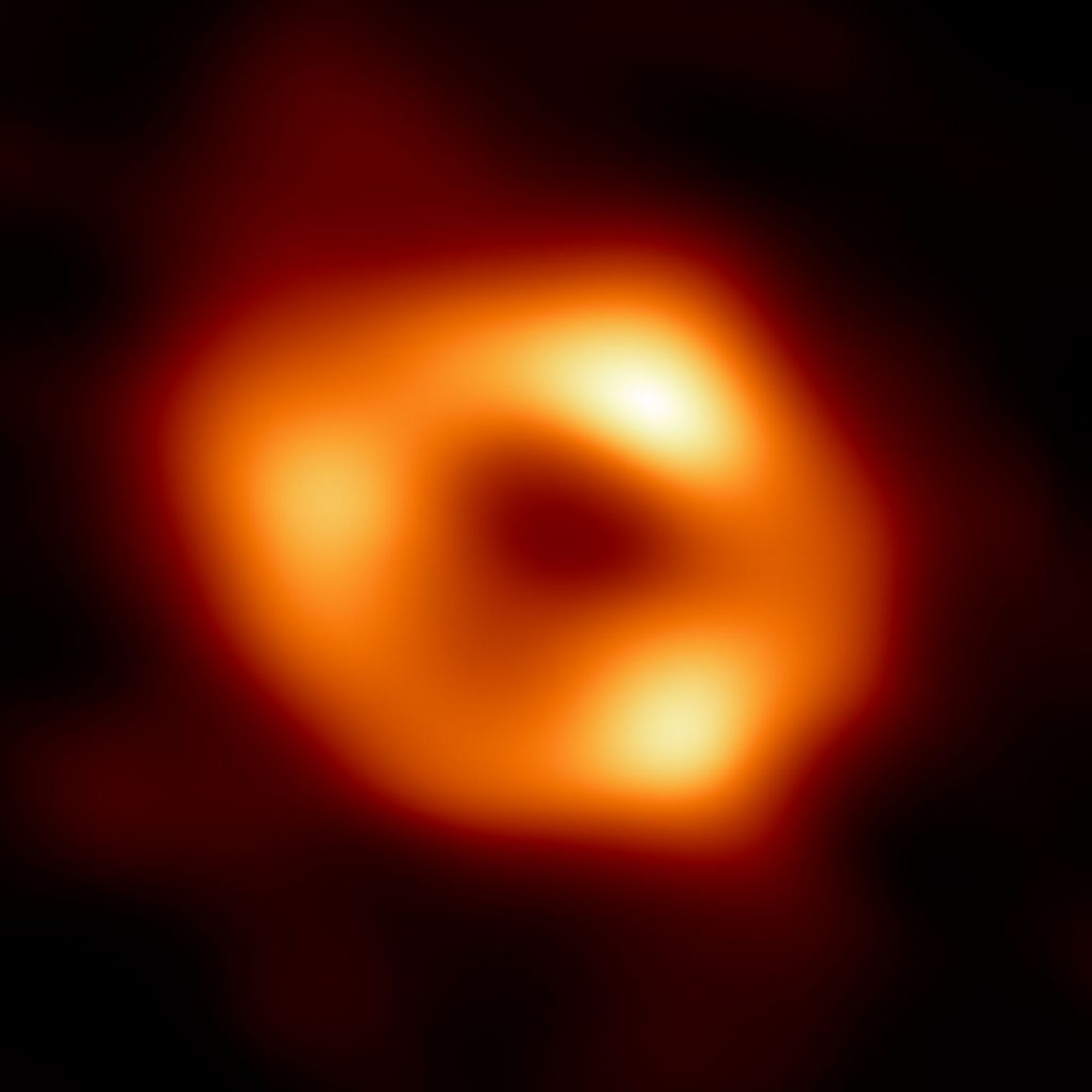Whether it’s from the “Big Bang” or when we first look up into the night sky full of stars, we have questions about the universe. So was it for Professor Renbin YAN, an Associate Professor of the Department of Physics at The Chinese University of Hong Kong (CUHK), who by chance was awed by the vast starry sky in a family camping trip at the age of eight which sowed the seeds of his lifelong interest in astronomy. He, the sole Hong Kong’s representative, is now part of the international astronomy research team, the Sloan Digital Sky Survey (SDSS) which gathers pieces of the history of galaxies and stars to provide answers to those questions.

There are several hundred billion galaxies in the observable universe beyond the Milky Way, each a huge system of interstellar gases and dark matter where stars are born, evolve and die. Over decades, astronomers have sought to understand the formation and evolution of stars and galaxies. In 2014, SDSS initiated an operation called Mapping Nearby Galaxies at Apache Point Observatory (MaNGA) to assemble detailed spectral maps of galaxies beyond our own. After 6 years of effort, the SDSS research team recently released to the public the complete dataset of spectral maps of around 10,000 galaxies, the largest galaxy survey of its kind. The team also announced the creation of the “MaNGA Stellar Library” (MaStar). This special library consists of spectra of about 24,000 stars in the Milky Way which are useful for modeling the stellar population in the more distant external galaxies observed by MaNGA.
Professor Yan has been involved with MaNGA as the project’s Survey Scientist from its early stages during his professorship at the University of Kentucky. “The professorship allowed me to invest my time heavily in the development of this project,” he says. “I was in charge of defining what science we want to do and how well our instrument need to perform.” He is also the principal investigator for MaStar, in collecting spectral data on stars to establish a database for studies of galaxies.
A novel fibre-bundling technology that enables detailed spectral maps
Previous SDSS surveys have obtained spectra for millions of galaxies, but only one spectrum was taken from each galaxy, at its centre. This does not give adequate spatial information about the galaxies’ structure and internal motions. A new technology called integral field spectroscopy (IFS) was developed, allowing astronomers to measure spectra at tens to hundreds of separate points in a galaxy at once, resulting in a 3D “data cube” that contains the complete spectroscopic profile of each point. MaNGA adopts this technology, using tightly-packed fibre-optics bundles with many tens to more than a hundred fibres within each bundle to realise such spectroscopic mapping of galaxies.
Before MaNGA, there were also few projects that have obtained these kinds of spectral maps for a few hundreds of galaxies, mostly targeting one galaxy at a time. Because galaxies are quite diverse in their properties, astronomers need much larger samples to understand their evolutions. Instead of targeting one galaxy at a time, MaNGA made use of 17 fibre-bundles, allowing it to simultaneously observe 17 galaxies. With this efficiency improvement, they are able to observe 10,010 galaxies in 6 years, which is the largest dataset of its kind.


Professor Yan explains how the observations were conducted. “We use aluminum plates with numbered holes drilled into them at the positions exactly in accordance with where the galaxies are in the sky. The fibre bundles, also numbered, are plugged into these holes from the metal boxes called “cartridges” which hold them at the back of the telescope. We have more than 600 of these plates, each representing a patch of the sky. All the light from the galaxy in the night sky goes into the fibres directly, and then it goes into a spectrograph and gets dispersed into spectra. Every target has an exposure time of two to three hours.”

It is MaNGA’s goal to understand the “life history” of present-day galaxies from imprinted clues of their birth and assembly, through their ongoing growth via star formation and merging, to their deaths. “Just as tree-ring dating yields information about climate on Earth hundreds of years into the past, MaNGA’s observations of the internal structures and chemical composition of galaxies will help unravel their evolutionary histories over several billion years,” says Professor Yan.
Once you understand the stars, you understand the galaxies
MaNGA sees light given out from the distant galaxies, but it cannot see the individual stars in those galaxies or know their proportion of old stars to new stars easily. To understand their formations, the light from different stellar populations has to be decomposed. This can be achieved by looking at our own galaxy because it has similar stars that could possibly provide a set of references to understand many more beyond our galaxy. “Analysing galaxy spectra is a bit like hearing a symphony,” said Professor Yan. “We hear the sound from the entire orchestra at once, but we can only understand the music if we recognise all the characteristics and features of each of the instruments playing. MaStar includes spectra for as many types of stars as possible. Using these, we can figure out how many of each type of star make up each of the many spectra from a MaNGA galaxy, and reconstruct the most accurate view ever of when and where stars formed in that galaxy’s cosmic history.”

MaStar uses the same telescope with the fibre-bundling technology as MaNGA but in a separate operation. The two projects alternate the operation of the telescope every month, depending on whether the sky is dark, which is good for MaNGA seeing galaxies, or bright from a bright moon which is bad for observing galaxies but okay for MaStar observing stars in the Milky Way. MaStar now has spectral information on around 24,000 stars, the largest and most complete dataset of its kind.
The next generation of SDSS will expand on the fibre-bundling methods developed for MaNGA to study interstellar gases and newly formed stars in our own galaxy and nearby ones like the Andromeda galaxy. In parallel, Professor Yan will lead the Affordable Multiple Aperture Spectroscopy Explorer (AMASE) programme to gain a much deeper understanding of how the formation of stars is able to exerting self-control—regulating its own rate—throughout a galaxy’s lifetime. Star-forming regions in our own galaxy and nearby galaxies are very large in the sky. Thus, the AMASE team is now developing a new and cost-effective spectrograph for a smaller telescope, on which the hexagonal fibre-bundles array will be able to cover a much larger area of the sky at a time. They will use many more fibres per bundle to build an instrument which can conduct an extensive survey.
Professor Yan is very happy to be doing this work from CUHK. “The community of astronomers in Hong Kong is small but we have several first-class universities and a government that are willing to invest in fundamental science. There are generally more opportunities for this work on this side of the Pacific, which is why I am choosing to be in Hong Kong.”
He believes that the SDSS programme has made a huge impact on the scientific world. “It is about open science, making big scientific data public which researchers from all over the world, including citizen scientists, can play with.”











